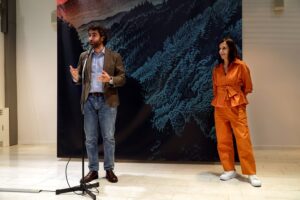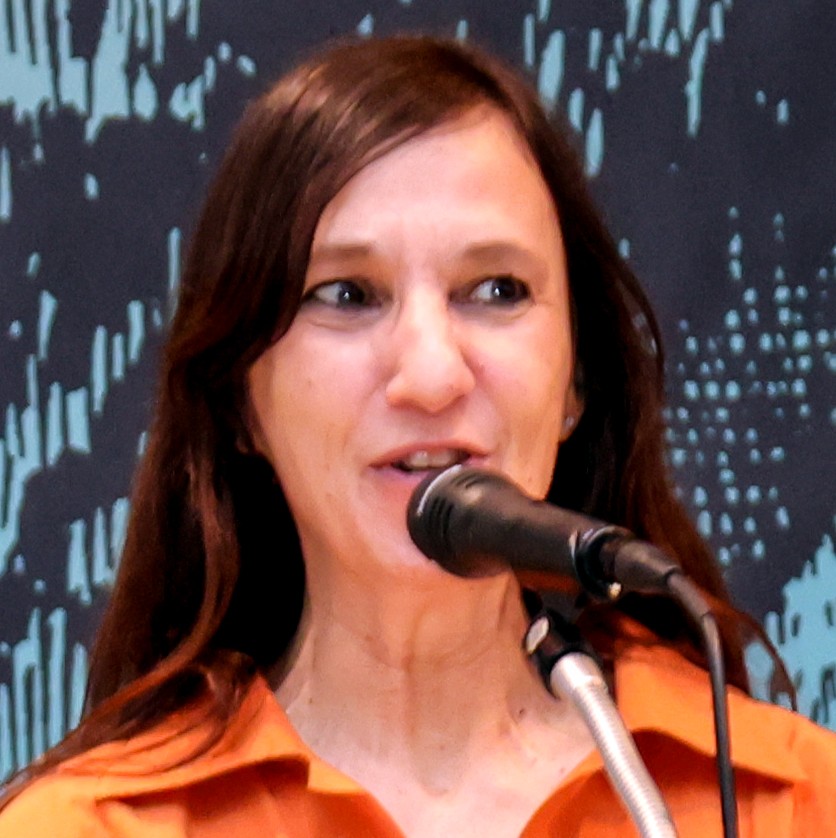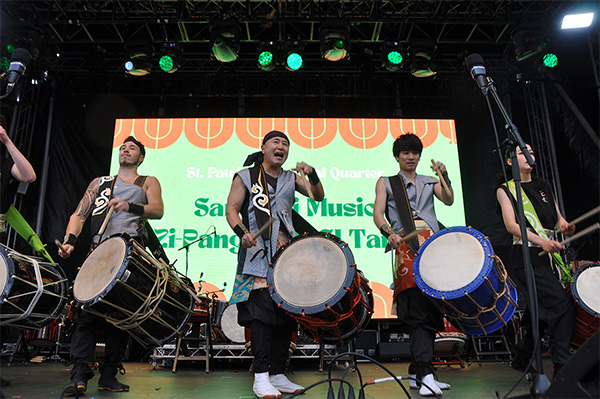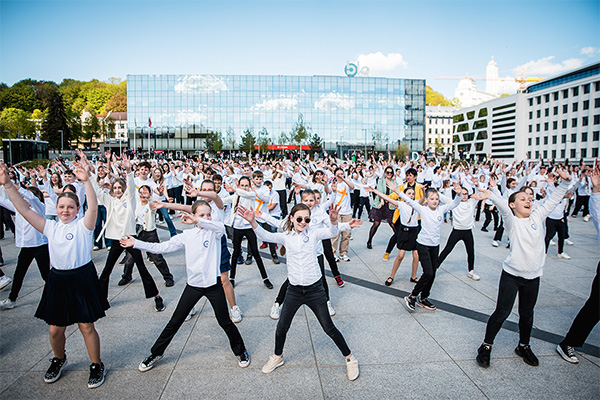Column
ColumnShigeru Mizuki’s Yokai: Building Cultural Bridges Between East and West
Ten years after Shigeru Mizuki’s death, the Far East Film Festival and Canicola present ‘Mondo Mizuki’, an exhibition that uses original artwork, high-quality reproductions, selected volumes of manga, audiovisual documents and memorabilia of various kinds to tell the story of the extraordinary career of the mangaka from Sakaiminato.

Testament to his creativity, work ethic and boundless humanity, Mizuki’s immense body of work tackled multiple narrative genres and graphic styles, creating a synthesis that enchanted readers of every nationality, age and gender. In his ability to reconcile apparently irreconcilable opposites, Mizuki represented in all respects the essence of the modern Japanese artist, and he dissected the traumas, dreams and obsessions of the Japanese people, offering a safe haven to the millions of readers of his stories.
The common thread of the journey is the boundless kingdom of Mizuki’s Yōkai and his work with magazine “Garo”, which for the first time will be presented to Western readers in a collection curated by Canicola editions.
Focusing on these two themes, the exhibition will look at Mizuki’s life and the history of modern Japan from the post-war period on: from the dark years of the American occupation to the economic and social awakening, events from Mizuki’s personal life and the great changes in the country of the Rising Sun fill some of the most beautiful pages of his mangas.

By reworking the imagery of Japanese tradition and immersing it in a contemporary social context, Mizuki created infinite bridges between apparently distant worlds. In the pages of his masterpieces, creatures and legends from ancient times roam the backstreets of the great metropolises of modern Japan, caring grannies walk arm in arm with aspiring little hooligans, teaching them to communicate with their ancestors, and almost-forgotten ghost stories become current again and cry out for vengeance in the context of the excessive Westernisation that has been underway since the post-war period.
Japanese folklore is also the basis of the work that Mizuki created for the famous magazine “Garo”. On the pages of the monthly publication created by Katsuichi Nagai and Sanpei Shirato, Mizuki used the ideas of traditional popular narrative to create satirical stories and short comic series showcasing the idiosyncrasies of the modern world. “Garo” and Mizuki were a perfect match: the magazine gave the mangaka from Sakaiminato the chance to express his opinions on contemporary society and culture, experiment freely, hybridise genres and move away from stylistic conventions, and at the same time the magazine found in Kitaro’s “father” its second star – an author with immense appeal who was also a point of reference for all those younger artists who took their first steps in the pages of “Garo”. Visionaries like Tsuge Yoshiharu and Tsurita Kuniko, for example, who would put the precious lessons they had learned while working closely as assistants to Mizuki into practice, leaving an indelible mark on the history of modern manga.
The importance and focus on folklore lie at the heart of the project Mondo Mizuki, mondo Yokai. Friuli Venezia Giulia is indeed a land rich in popular traditions, and among these it boasts many figures inhabiting its forests and the rivers that run through them. A land full of sprites and goblins, shaped by influences from the folk traditions of its two neighboring countries, Slovenia and Austria.

It is a diverse and living imaginary world, still deeply present in mountain communities and beyond; increasingly, village festivals as well as tourist trails pay tribute to it. The sbilfs, guriuts, crivapete, aganis, bagan, maçarot, and massaroul are creatures that continue to inhabit tales, fables, and stories, fueling a flourishing publishing scene devoted to them.
The Far East Film Festival has always had, as its central artistic and curatorial goal, the building of cultural bridges—between East and West and beyond. The exhibition dedicated to Mizuki is therefore conceived as a tribute to the land that hosts the festival, Friuli Venezia Giulia, through this dialogue between two fantastic worlds (the Friulian one and that of the Yokai). Ultimately, it becomes a heartfelt homage to both worlds: Western and Eastern, imaginary and historical.
A tribute that also unfolds through the public program created specifically for the exhibition, and which finds in the festival’s retrospective dedicated to the world of the Yokai another key moment of focus on the cross-cutting values of culture. The film retrospective brought together different directors and ventured into various cinematic genres, clearly showing how characters from old popular folk traditions nowdays feel at home within the most popular genres of such a contemporary art form as cinema.

We are keen to continue collaborating with Japanese artists, such as mangaka and essayist Yoshiharu Tsuge, at future exhibitions, exploring not only classical art, but also modern art in various forms. It is of great importance to us to keep art and cinema at the heart of the Far East Film Festival, Europe’s largest event dedicated to popular Asian cinema.
Every year, at the Far East Film Festival we present the most captivating selection of contemporary Japanese cinema, from blockbusters to independent works. We also showcase classic and cult film restorations. Directors and talents come to Udine to present their films to the Italian audience and festival guests. We believe it is vital to continue supporting Japanese cinema and to bring more well-known and emerging filmmakers.








